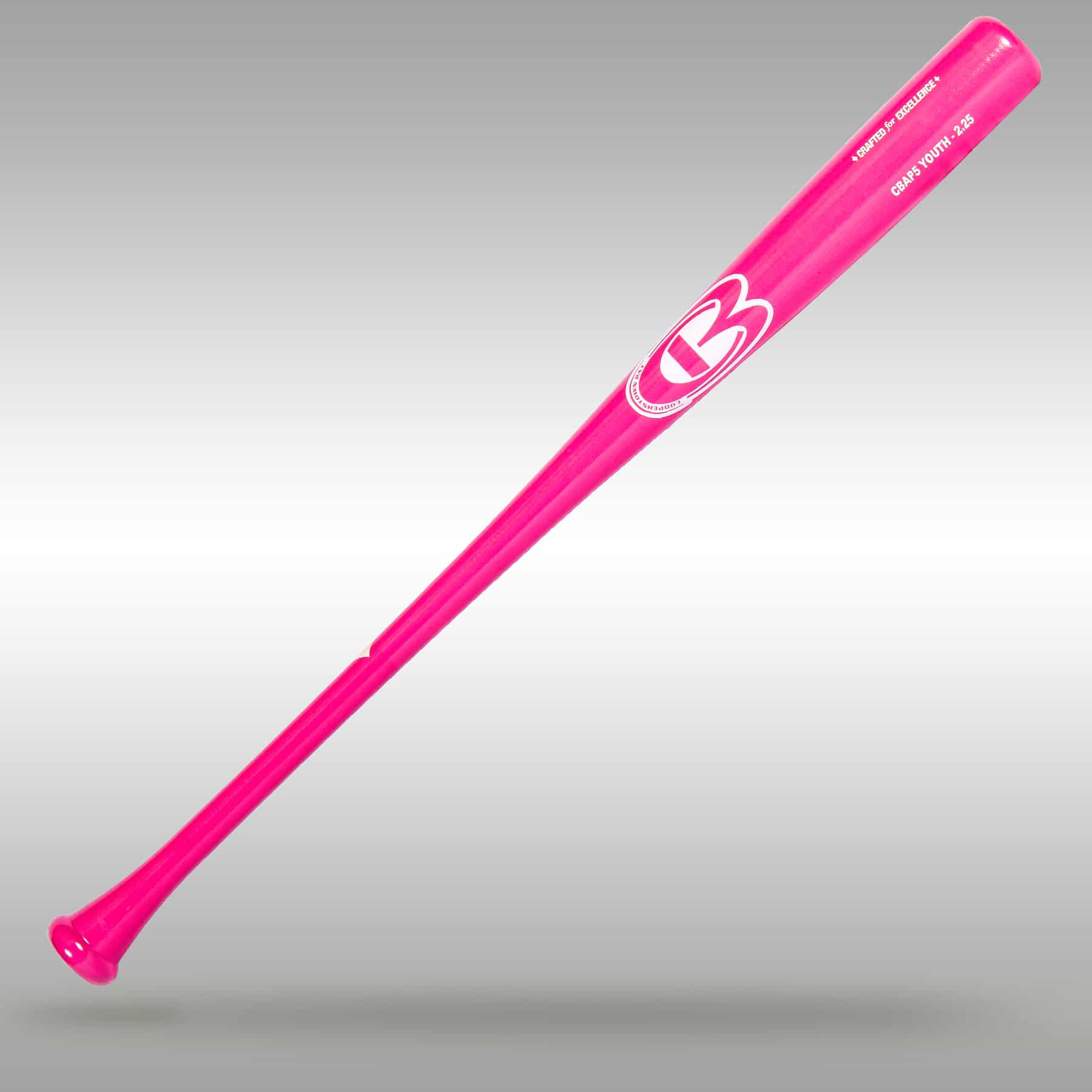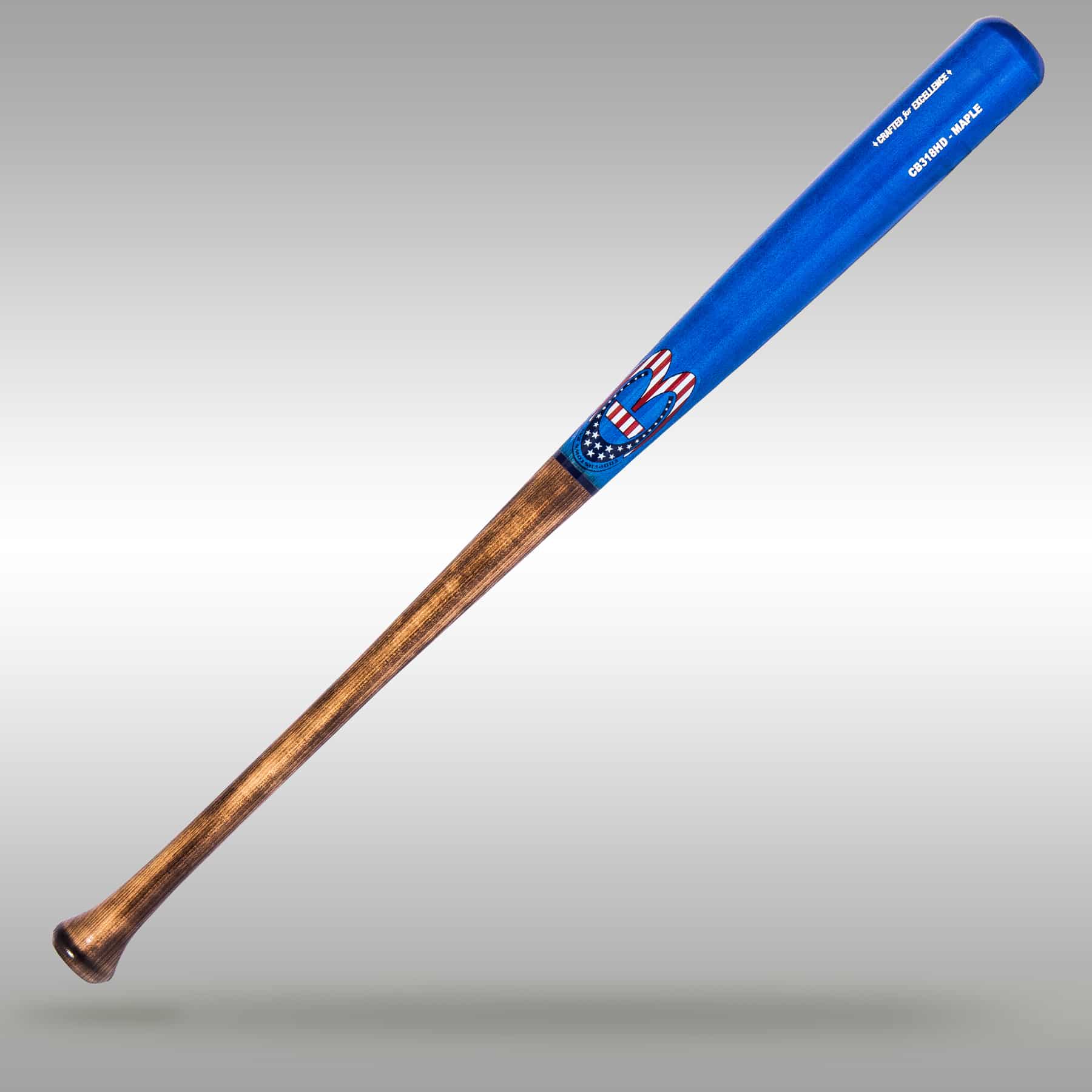A wooden baseball bat typically lasts for approximately 1 to 3 seasons, depending on usage and maintenance. Wooden baseball bats have been a staple in the sport for decades, providing players with a traditional and unique feel.
From the crack of the bat to the thrill of hitting a home run, wooden bats have withstood the test of time. However, unlike their aluminum or composite counterparts, these bats have a limited lifespan. The life of a wooden baseball bat can vary depending on multiple factors, such as the type of wood used, the quality of construction, and how frequently it is used.
In general, a wooden bat can last anywhere from one to three seasons before it starts to show signs of wear and tear. We will delve deeper into the factors that contribute to the longevity of a wooden baseball bat and provide tips on how to prolong its lifespan. With proper care and maintenance, you can make your wooden bat last as long as possible. So, let’s get started!

Credit: phoenixbats.com
Factors Affecting The Lifespan Of A Wooden Baseball Bat
A wooden baseball bat’s lifespan is influenced by various factors, such as the quality of the wood, frequency of use, and proper maintenance. By ensuring proper care and handling, a wooden baseball bat can last for several seasons, providing consistent performance and durability on the field.
Factors Affecting the Lifespan of a Wooden Baseball Bat When it comes to baseball, the choice of equipment can significantly impact a player’s performance. One crucial piece of equipment is the baseball bat, particularly a wooden one. However, how long does a wooden baseball bat last? The answer depends on several factors that affect its lifespan. Let’s delve into three key aspects that determine how durable and long-lasting a wooden baseball bat can be:Quality Of Wood
A wooden baseball bat’s quality plays a vital role in determining its lifespan. Higher-quality woods, such as maple, ash, and birch, are renowned for their durability and longevity. These woods possess inherent characteristics that make them less prone to breakage or splintering during use. In contrast, lower-quality woods may not withstand the rigors of intense gameplay and might succumb to cracks or breaks more easily.Frequency And Intensity Of Use
The frequency and intensity of use are crucial factors that determine how long a wooden baseball bat will last. If a bat is used extensively, it is more likely to wear out quickly. Intense swings and repeated impacts with the ball can gradually weaken the bat’s structure, leading to a shorter lifespan. Proper Care and MaintenanceProper Care And Maintenance
To maximize the lifespan of a wooden baseball bat, proper care and maintenance are essential. Providing regular maintenance and following appropriate care practices can significantly prolong its durability. Here are a few tips for keeping your wooden baseball bat in optimal condition:- Properly store the bat: When the game is over, avoid leaving the bat exposed to extreme temperatures or excessive moisture. Store it in a cool, dry place to prevent warping or splitting.
- Regularly inspect for damage: Take a few moments before each game or practice session to inspect your bat. Look for any signs of damage, such as cracks or deep dents. If you notice any issues, consider having the bat repaired or replacing it altogether to prevent further damage.
- Use bat tape or grip: Applying bat tape or grip can help absorb shock and provide additional protection against potential damage. This extra layer can also enhance your grip and overall performance during play.
- Rotate the bat: To distribute the wear and tear evenly, consider rotating your bats during various practices and games. This practice allows each bat to rest and recover, preventing overuse and potential quick deterioration.

Credit: www.amazon.com
Signs Of Wear And Tear
When it comes to wooden baseball bats, wear and tear is an inevitable part of their lifespan. Over time, these bats can show various signs of deterioration that can impact their performance. Recognizing these signs is crucial to know when it’s time to retire your trusty old bat and invest in a new one. In this section, we will explore the most common signs of wear and tear that wooden baseball bats experience, namely cracking, indentations and dents, and loss of pop or performance. Let’s dive in and understand each of these signs in detail.
Cracking
One of the most obvious signs of wear and tear on a wooden baseball bat is cracking. Cracks can occur anywhere on the bat, but they are most commonly seen on the barrel and handle. These cracks can be either superficial or deep, affecting the structural integrity of the bat. Superficial cracks may not immediately impact performance but can worsen over time. On the other hand, deep cracks can significantly weaken the bat and reduce its durability. It’s important to regularly inspect your bat for any signs of cracking and consider replacing it if any cracks are visible.
Indentations And Dents
Indentations and dents are another common form of wear and tear seen on wooden baseball bats. These occur when the bat comes into contact with the ball or other hard surfaces. Indentations and dents may lead to an uneven surface on the bat, which can affect its performance and durability. While minor dents may not immediately impact the bat’s functionality, over time they can accumulate and compromise the bat’s overall integrity. Inspecting your bat for any visible dents and indentations is important to assess its condition and determine whether it’s time for a replacement.
Loss Of Pop Or Performance
The loss of pop or performance is perhaps the most significant sign of wear and tear on a wooden baseball bat. As the bat gets older and experiences more usage, it may gradually lose its ability to hit the ball with power and velocity. This can be due to several factors, including the bat becoming softer, the wood fibers compressing, or the overall stiffness diminishing. If you notice a considerable drop in your bat’s performance, such as a decrease in distance or power in your hits, it may be a clear indication that the bat has reached the end of its lifespan.
In conclusion, recognizing the signs of wear and tear on a wooden baseball bat is essential to ensure optimal performance and safety during gameplay. Cracking, indentations and dents, and loss of pop or performance are three major signs that indicate your bat may need to be replaced. Regularly inspecting your bat for these signs and making an informed decision about when to retire it will help you maintain a competitive edge on the field.
Extending The Lifespan Of A Wooden Baseball Bat
A wooden baseball bat can last for several seasons if it is properly maintained and cared for. However, no matter how well you treat it, eventually, it will wear out and need to be replaced. The good news is that by following a few simple tips, you can extend the lifespan of your wooden baseball bat and maximize its performance.
Rotating Bats
Rotating bats is a smart strategy to avoid overuse and extend the lifespan of your wooden baseball bat. By rotating between multiple bats during games and practices, you distribute the wear and tear more evenly, preventing one bat from being consistently used and potentially breaking down faster. This practice can save you money in the long run by minimizing the frequency of bat replacements.
Regular Inspection And Maintenance
Regularly inspecting and maintaining your wooden baseball bat can significantly prolong its life. It is important to give your bat a thorough check before and after each use to detect any signs of damage or wear. Look out for cracks, dents, or splintering, as these can weaken the bat and compromise its structural integrity. If you notice any issues, it is crucial to address them promptly to prevent further damage.
To maintain your wooden baseball bat, clean it with a soft cloth after each use to remove dirt and debris. Avoid using harsh chemicals or abrasive materials that could damage the bat’s surface. Applying a coat of wood conditioner periodically can help prevent the wood from drying out and cracking.
Appropriate Usage Techniques
Using appropriate techniques while using a wooden baseball bat can help minimize stress on the wood and extend its lifespan. Here are a few tips:
- Do not use your bat in temperatures below 60°F (15°C) as the cold can make the wood more brittle and prone to breakage.
- Avoid hitting the baseball near the barrel’s end, as this can increase the risk of bat fractures.
- Avoid hitting non-regulation balls or objects with your bat, as this can cause unnecessary stress on the wood.
- Always use a wooden bat for its intended purpose – playing baseball. Using it for batting cages or practicing with rubber balls may lead to premature damage.
By following these techniques, you can help prolong the lifespan of your wooden baseball bat and ensure optimal performance throughout its use.

Credit: www.cooperstownbat.com
Frequently Asked Questions On How Long Does A Wooden Baseball Bat Last?
How Long Does A Wooden Baseball Bat Last?
A wooden baseball bat can last anywhere from a few games to multiple seasons, depending on factors such as frequency of use, the player’s hitting technique, and the quality of the bat’s construction. Proper maintenance and care, such as avoiding hitting non-baseball objects and storing the bat in a dry place, can help extend its lifespan.
Conclusion
The lifespan of a wooden baseball bat varies depending on several factors. Proper care, usage, and storage play a crucial role in maximizing its durability. Regular inspections, maintenance, and replacing worn-out parts can extend its lifespan. By following these guidelines, you can ensure that your wooden baseball bat lasts longer, providing you with many seasons of enjoyable gameplay.

General Manager & Auditorial Head.
Killian Jake is a World Sports Traveler and hobbyist sports lover. By exploring different sorts of playing modules like indoor, outdoor, and many more. As for professionalism and writing, it’s helpful to give you the right suggestions on different games and sports.





